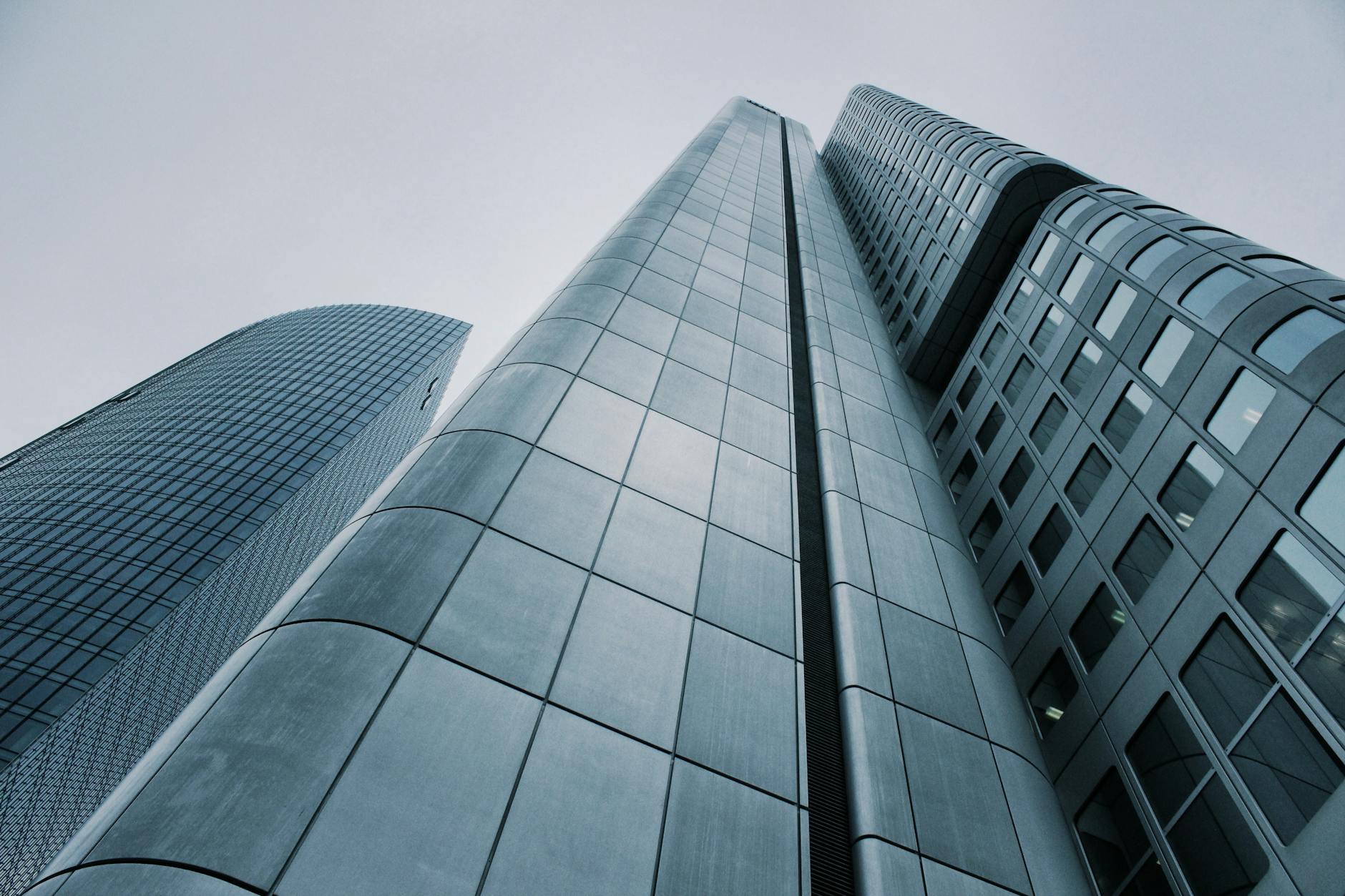The Complete Guide to Commercial Real Estate Leasing Trends
The Complete Guide to Commercial Real Estate Leasing Trends
In today’s dynamic market, understanding commercial real estate leasing trends is crucial for investors, landlords, and tenants alike. As businesses adapt to evolving economic conditions, technological advancements, and shifting tenant demands, the leasing landscape is transforming rapidly. This guide explores the major trends influencing commercial real estate leasing, from changes in tenant preferences and lease structures to the impact of remote work and sustainability initiatives. Whether you are a property owner looking to attract high-quality tenants or a business seeking optimal lease terms, this comprehensive overview will provide the actionable insights necessary to navigate the complexities of current and future markets.
Understanding tenant preferences in a changing market
The foundation of commercial leasing is tenant demand, and today’s tenants are more selective than ever. One of the most significant shifts is the increasing need for flexible lease terms. Businesses, especially startups and smaller enterprises, favor short-term or adjustable leases to better respond to market uncertainties. Additionally, location preferences have evolved. While urban centers remain popular for prestige and access, there is a growing interest in suburban and secondary markets due to lower costs and improved infrastructure.
Moreover, tenants are placing greater emphasis on amenities and building quality. Features such as enhanced HVAC systems, ample natural light, and on-site facilities like gyms or communal areas influence leasing decisions. This trend highlights a desire for workplaces that support employee well-being and productivity.
The rise of remote work and hybrid models
The remote work revolution has deeply impacted commercial real estate leasing. Many companies are downsizing their office footprints or seeking flexible workspace solutions that accommodate hybrid workforces. This shift translates into demand for coworking spaces, short-term leases, and smaller, more adaptable office units.
Landlords are responding by incorporating technology-enabled spaces with robust connectivity and collaboration tools. Additionally, leases now often include provisions for scalability, allowing tenants to expand or contract their leased space depending on evolving workforce needs. This flexibility reduces risk for tenants and encourages longer-term partnerships between landlords and businesses.
Changing lease structures and financial implications
Lease structures in commercial real estate have also adapted to current market forces. The traditional triple net (NNN) lease, where tenants cover property expenses in addition to rent, remains common, but there is growing use of gross leases and modified gross leases that offer more predictable costs for tenants.
Another notable trend is the introduction of performance-based lease clauses, where rent may be tied to the tenant’s revenue or occupancy levels. Such arrangements seek to align landlord-tenant interests and can make commercial spaces more attractive during economic downturns.
| Lease type | Description | Typical tenant advantage | Market trend |
|---|---|---|---|
| Triple net (NNN) | Tenant pays base rent plus property expenses | Lower base rent; control over maintenance | Dominant in retail and industrial segments |
| Gross lease | Landlord covers expenses; fixed rent | Predictable costs; simple budgeting | Increasing in office leasing |
| Performance-based lease | Rent linked to tenant performance | Rent flexibility during downturns | Emerging trend in retail and startups |
Sustainability and technology shaping leasing decisions
Environmental and technological factors are becoming central to leasing negotiations. Green building certifications such as LEED and WELL are influencing tenant choice, as companies look to reduce their carbon footprints and support employee health. Buildings with smart systems—automated lighting, energy-efficient HVAC, and IoT-enabled security—offer cost savings and enhanced user experience, making them more attractive in competitive leasing markets.
Landlords are increasingly investing in retrofits and upgrades to meet these demands, often included as incentives or requirements in lease agreements. This interplay makes environmental and technological standards a significant commercial real estate leasing trend moving forward.
Strategic outlook for landlords and tenants
Successful navigation of leasing trends requires proactive strategy. For landlords, emphasizing flexibility in lease terms, investing in property upgrades, and understanding tenant needs can lead to stronger occupancy rates and tenant retention. Tenants, on the other hand, benefit from carefully assessing lease structures and negotiating clauses that protect against market volatility.
Ultimately, the commercial leasing environment is shifting towards adaptability, transparency, and sustainability. Stakeholders who embrace these changes and leverage emerging trends will position themselves favorably for long-term success in a competitive real estate market.
Conclusion
The landscape of commercial real estate leasing is evolving rapidly under the pressure of changing tenant preferences, remote work dynamics, innovative lease structures, and increasing emphasis on sustainability and technology. Flexibility has become a key driver—whether in lease duration, office space usage, or rent calculations—reflecting businesses’ need to remain agile amid uncertain economic conditions. At the same time, environmental standards and smart building technologies are no longer optional but vital components that impact leasing attractiveness and property value.
For landlords, adapting to these trends means offering versatile, modern spaces that meet tenant demands and foster long-lasting relationships. Tenants gain from negotiating terms that align with their operational goals and risk tolerance. By understanding and anticipating these shifts, both parties can make informed decisions that maximize the benefits of commercial real estate leasing in the years ahead.
Image by: Pixabay
https://www.pexels.com/@pixabay
editor's pick
latest video
news via inbox
Nulla turp dis cursus. Integer liberos euismod pretium faucibua


